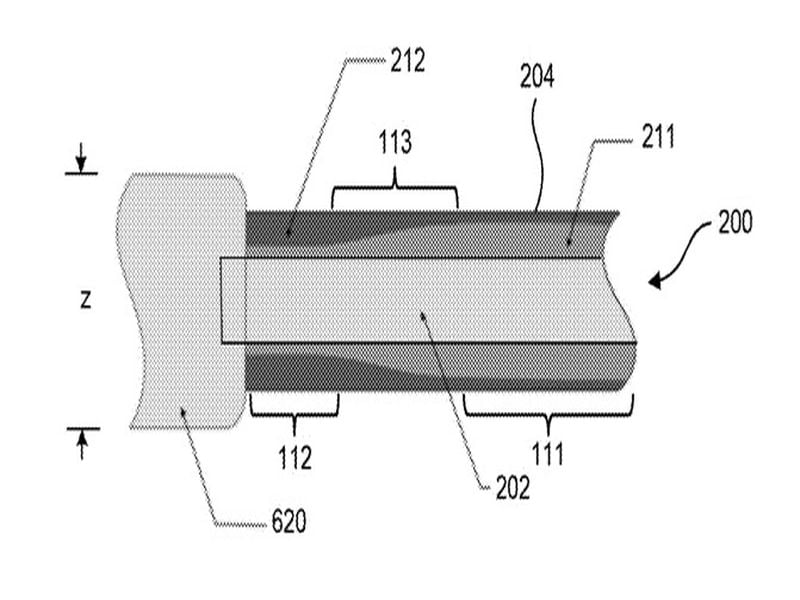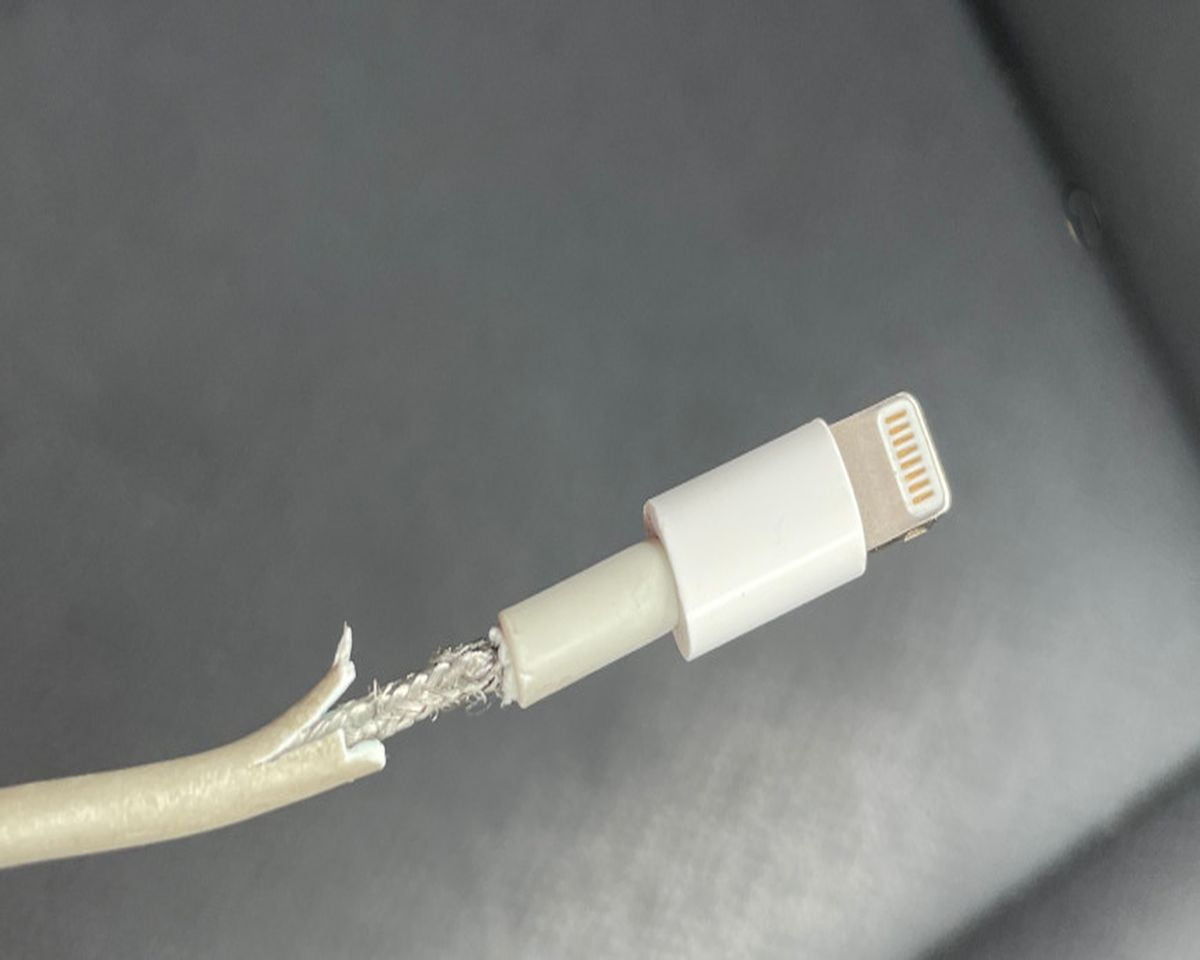Apple’s new patent records a new idea for creating a cable that won’t break with use, as is so common with iPhone Lightning cables.
Apple has created a cable that won’t break, without increasing thickness
Apple has flatly refused to put USB-C in the iPhone, despite the clear disadvantages that Lightning already has in comparison, such as fragility.
Lightning cables have always been more prone to breakage, especially those released during the early years of the standard. The reason was simple: The plastic piece of the connection and the soft plastic of the cable itself rub every time we bend it, until the latter breaks and the cable frays, damaging the connection.
The partial solution Apple came up with was to make the plastic of the cable thicker, to better withstand continuous use; But ultimately, that only delays the time when the cable inevitably breaks, especially if we use it every day. Many cables developed by third parties add more protection at the ends of the cable, but that makes it incompatible with some peripherals, which is why Apple would not have made the same decision.

Apple wants the cable to be thinner, but at the same time doesn’t want to just stuff in a larger hard plastic hood. The solution may lie in a new patent for a “variable stiffness cable,” which has been filed in Apple’s name, as AppleInsider explains.
The patent describes the aforementioned problems with current Lightning cables; It finds that the solution most manufacturers opt for, adding a piece of stiffer material at the ends of the cable, is not ideal by making the cable thicker.
Instead, Apple proposes that the end of the cable be made up of a “strain relief zone,” of progressive thickness that allows the cable to maintain its flexibility and thickness.
The cable would be composed of a core in which the inner wires would be located and an outer layer that would be made stiffer in the areas most prone to stress.





